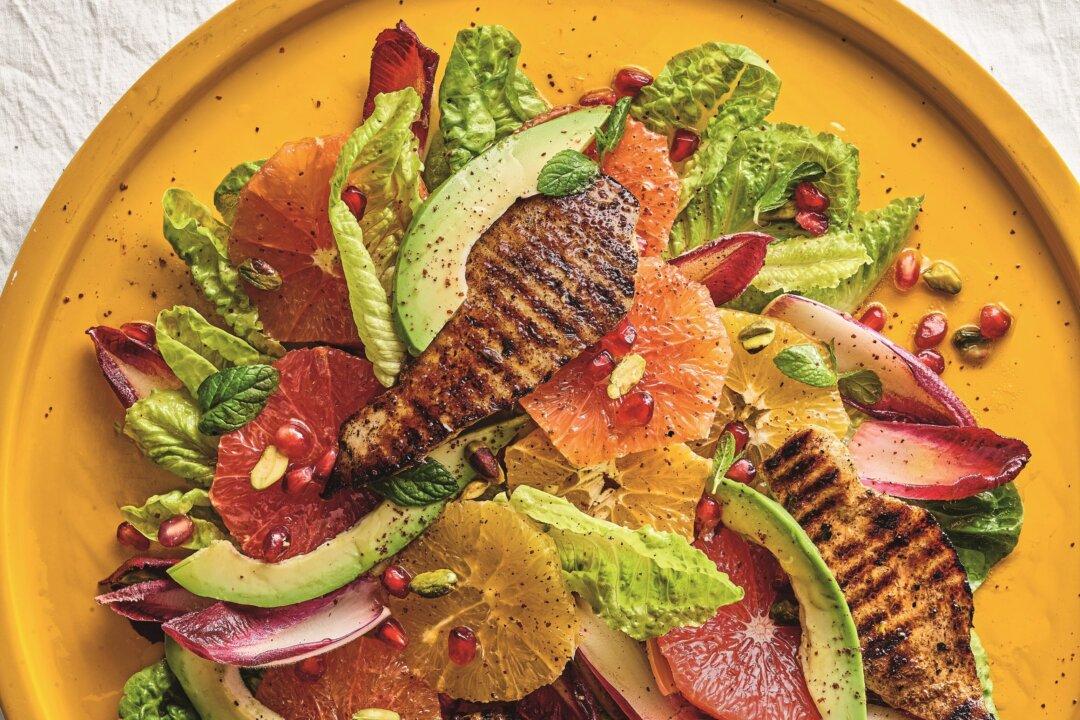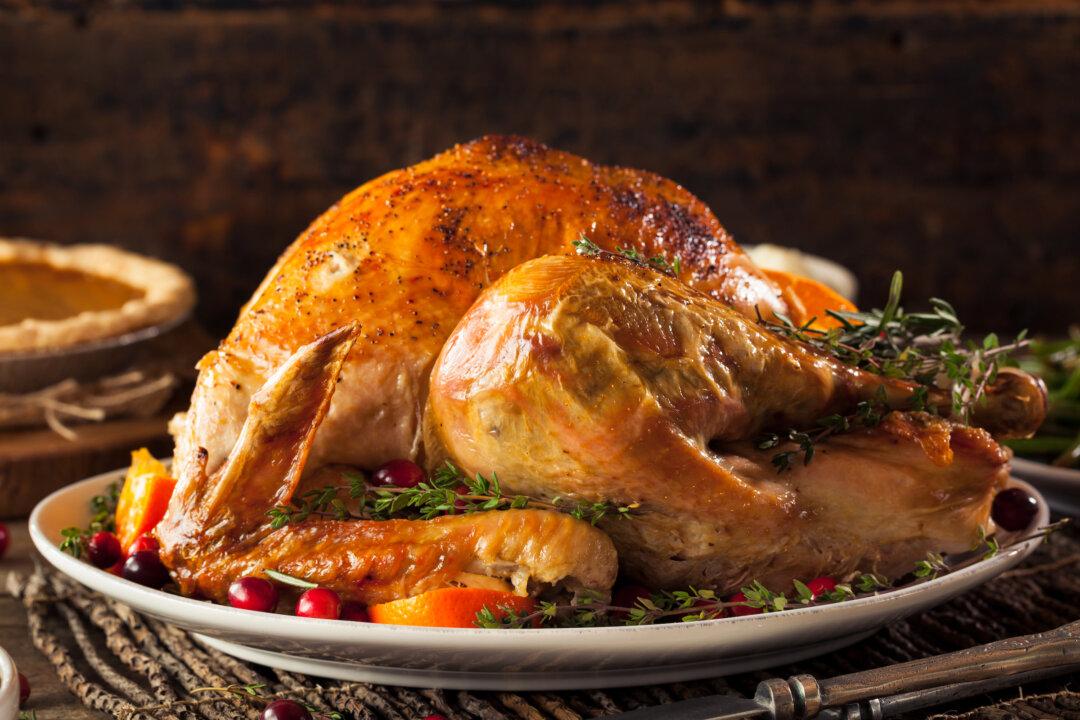Salads aren’t just for summertime. Winter calls for rich, warming comfort foods, yes, but among a parade of thick stews and meaty braises in a hundred shades of brown and beige, a fresh, colorful salad is a welcome change of pace—and just what you need to dispel these late-winter “Why isn’t it spring yet?” blues.
Winter produce is often overshadowed by its flashy summer counterparts, but there’s still an abundant bounty to draw from: juicy, tangy citrus; crisp, bitter greens; and sweet, earthy root vegetables. They make for hearty salads, at once refreshing and comforting, where bright, bold flavors shine.






